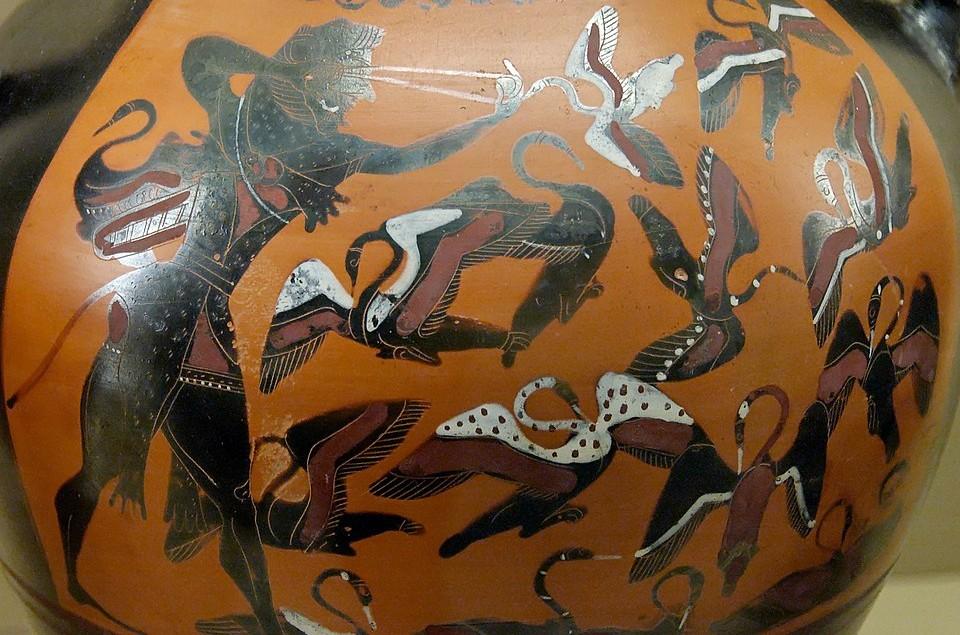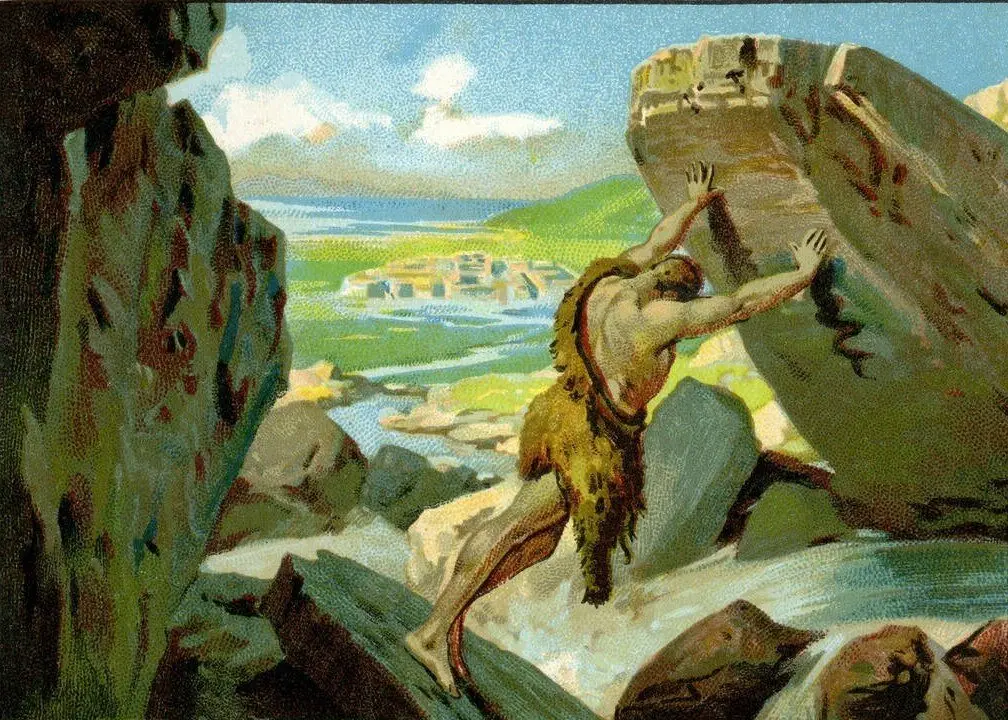Is there a connection between motivation and hope? And do we need to know about it?
Let’s immediately dismiss ideas like that found in a Russian proverb: “In the kingdom of hope there is no winter.” We needn’t talk about hope as being mere wishful thinking. Let’s talk about something much more powerful and essential. The Greek myth of Pandora had it just about right: When Pandora disobeyed and opened the box (or jar) letting out all the evils of the world, only—after she had shut the box—did hope remain.






